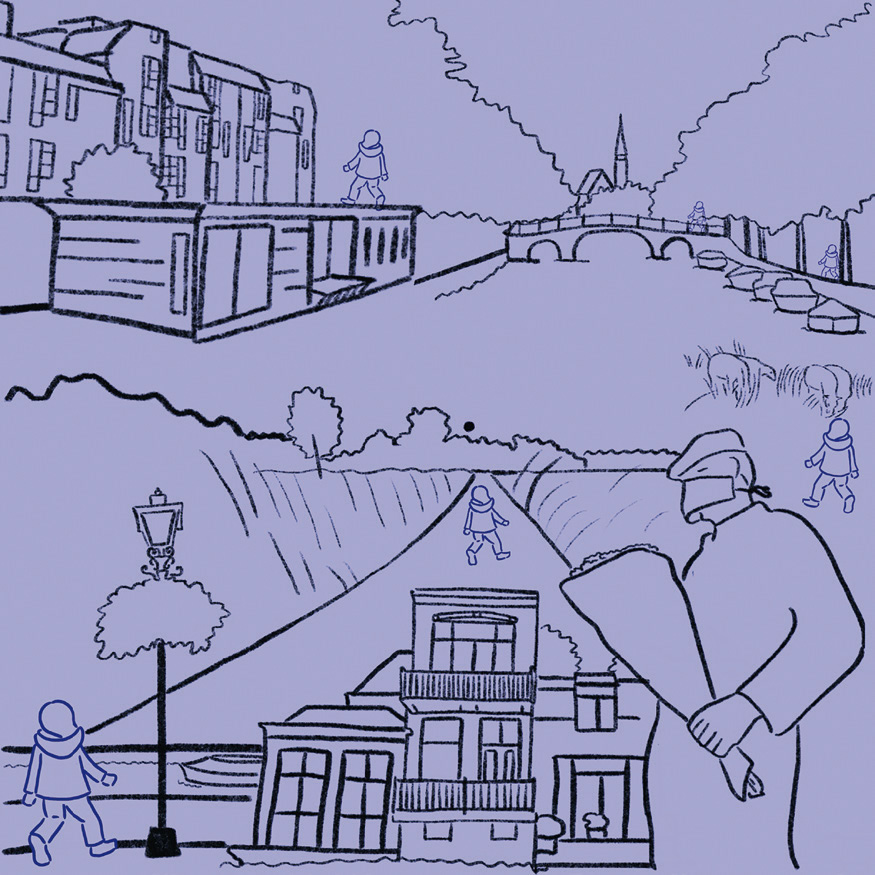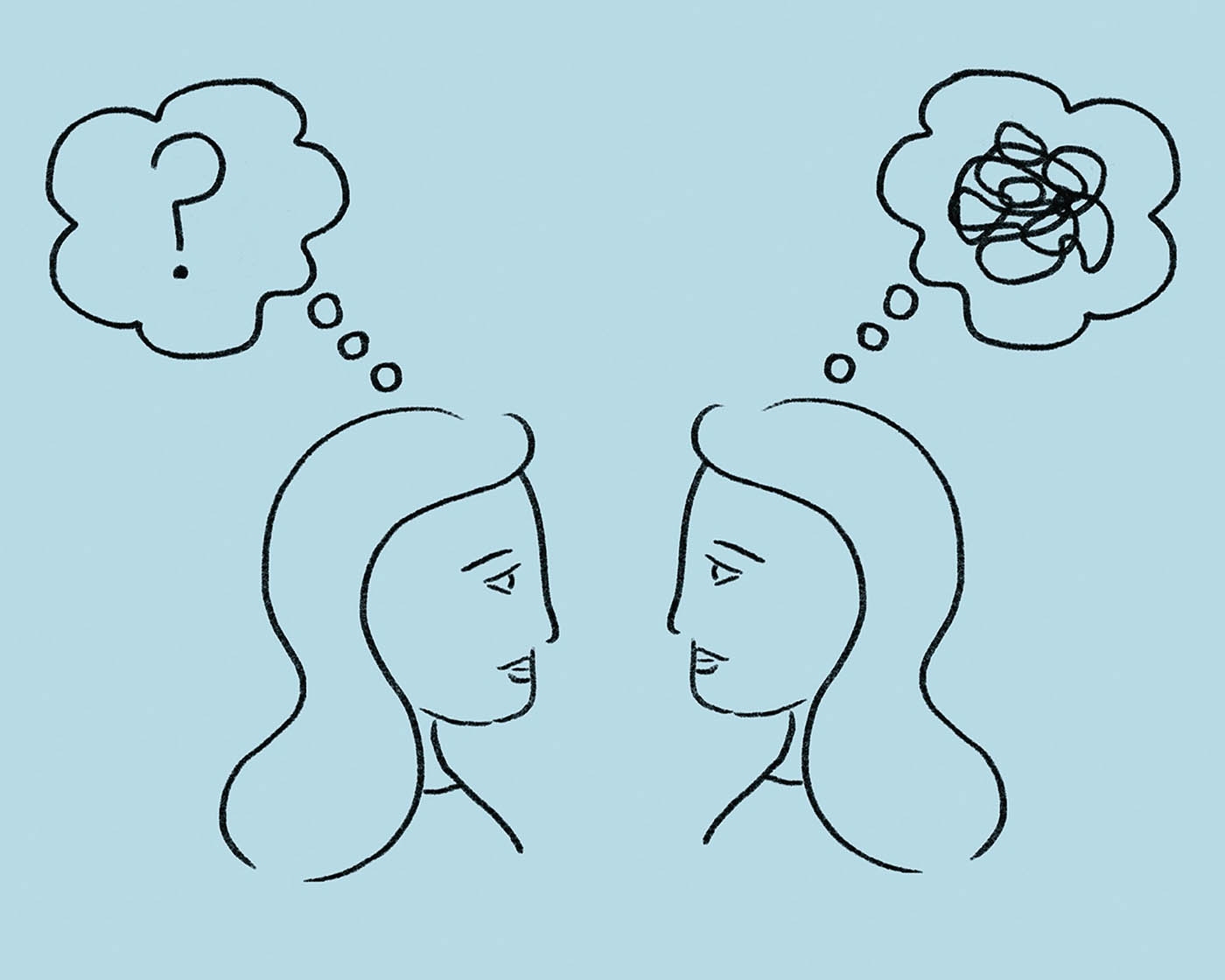Picture this. Visual methods and migrant lives between Asia and Europe
My time at IIAS has coincided with extraordinary circumstances: a global pandemic that has enormous repercussions the world over. Whilst the experience has been unsettling for all, I became acutely aware of the privileged position I was (and am) inhabiting in this context. The stillness that progressively accrued as of March 2020 felt like a wave that was gradually slowing down and quietening the idyllic landscape that Leiden has to offer. It almost seemed to mock us with extraordinarily crisp weather and intensely blue skies. Despite bubbling fears, a daunting sense of insecurity, the dramatic reports on the news and from family and friends in particularly affected areas, I felt a sense of relief and gratitude for still being able to own some agency and freedom of movement; long urban and countryside walks characterised this time. I began to build a very intimate relationship with the city and immersed myself in my project.
I am working on an illustrated ethnography based on life narratives collected during research with South Asian women in Europe. My attempt is to visually depict how, both at ‘home’ as well as abroad, gender, class, racial violence and oppression, but also astonishing strength and resilience, characterise their lives. The time at IIAS allows me to experiment with the embodied forms of research and analysis that creative methods afford. With this project I attempt to understand how illustrations might benefit the research process and output, all the while trying to find out whether pictures might offer an opportunity for joint knowledge production; can those researched be more involved and intervene upon the researcher’s interpretations? At the same time, I am monitoring the drawing process. Does it enhance my comprehension of the life experiences I depict? Many questions remain, and more will ensue, offering further opportunities for reflection as the project evolves.
Beyond my project-related investigations with visual tools, the new landscape afforded further opportunities for embodied research and self-reflection, which – even if somewhat tangentially – spilt into the above. My own, very mild, experience with seclusion during this period made me think of the lives of the women involved in domestic work with whom I spent a significant amount of time over the years. Many frequently complained about the long hours of confinement required to fulfil household chores for their employing families. Most are left with only one day a week to let loose. I wondered how this new normal was affecting them; what happens when even that one day disappears? Did it make their sense of isolation even more intolerable? Or has their labour (unwittingly) trained them for these circumstances, making the shift unnoticeable or irrelevant to their lives? Whilst I was not able to investigate these questions in much detail from afar, from some of the conversations I was able to have remotely, these conditions and perceptions appeared to coexist. Could the current situation allow me to tap into anything that might resemble their experience? The short answer is ‘no’, of course. I have not had – even in these extraordinary circumstances – even so much as a mild taste of what their lives might be like. Only the stories from my family in Italy gave me an inkling that could get me closer. Whilst blessed with scenic views of the Mediterranean, cast on the backdrop of sharp green hills, their lives suddenly became characterised by a level of restriction unknown to them to date. As the months went by, I sensed that isolation was progressively altering their mood.

“Get out before it’s too late”. Images by Lisa Caviglia (2020)
I observed that the underlying fear in the Netherlands, that it “might happen here as well”, was also affecting my behaviour. Daily drawing sessions were interrupted by frequent outdoor activities. I would storm out of my flat to walk, think, walk – again and again. The speed and suddenness at which other countries had shut down compelled me to get in as much of the outside air as I could. I felt a sense of urgency, “tomorrow might be too late”.

“A good friend told me the confusion should be bigger”.
Drawing this now makes me realise how life in the past months has been about the micro, the particular and the reiterated, and alas it was (almost) never boring. Forced to slow down and dig deep, I got to know the small details of a new place and how they are navigated by the people who live in it, which might not have been possible with a more outward-looking lifestyle under normal circumstances. It has allowed me to see very clearly what I have always appreciated about ethnographic research: getting to know – slowly and progressively – the minute intricacies of which people and places are made.
Lisa Caviglia, IIAS Fellow, is working on a graphic novel based on life narratives collected during research with South Asian migrant women in Europe. www.iias.asia/profile/lisa-caviglia